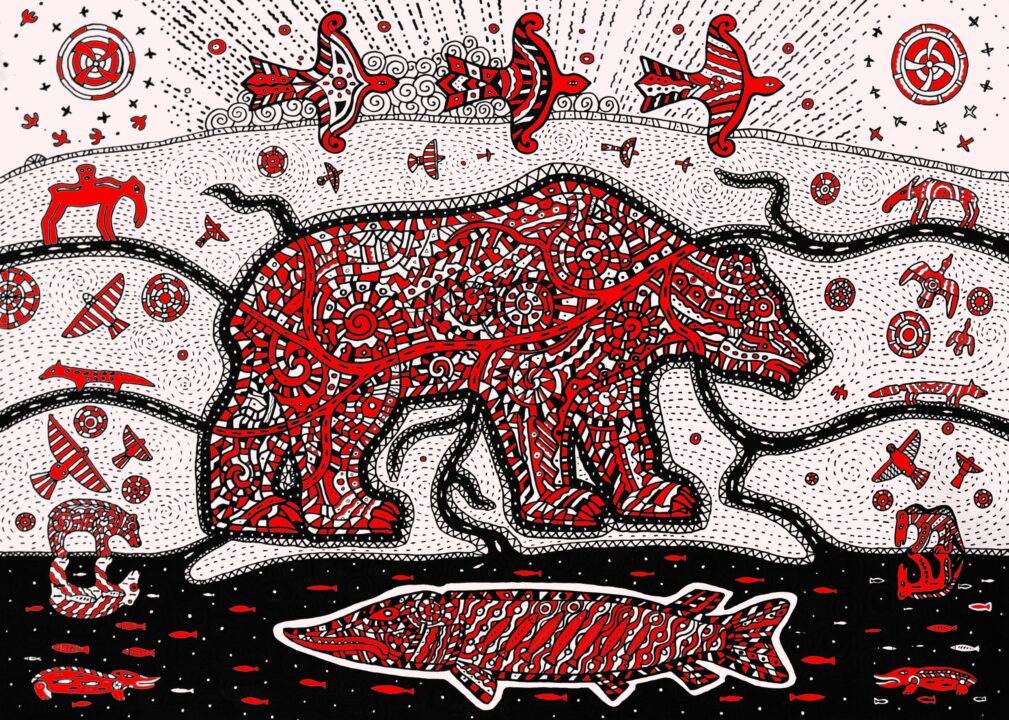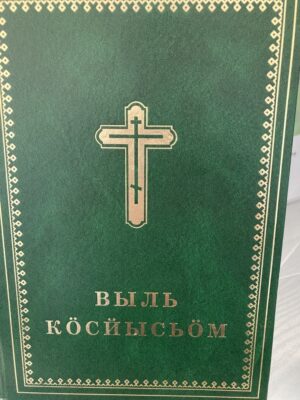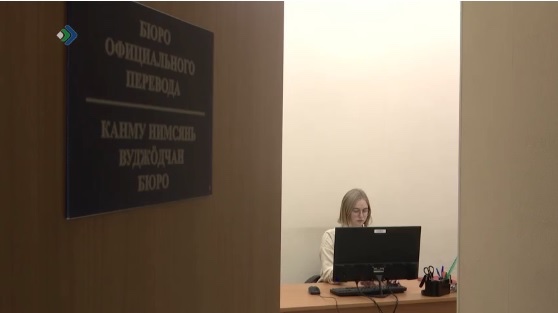Artist draws inspiration from Komi mythology
Yury Lisovski cherisches the Komi cultural heritage through his art.

Originally from Shepetivka, Ukraine, Yury Lisovski moved to the Komi Republic in 1979. He married a Komi woman and after working as a ferryman, Lisovski has since taken to art.
Livoski’s style is known as ethnofuturism, a school of art that grew in the late 1980s in Estonia. Ethnofuturism grew from literary circles with the aim of finding Finno-Ugricness in an ever more Russian urban context by drawing on the rural heritage of Finno-Ugric peoples. It has since become also a form of visual art, being popular especially among the Mari, Komi, Udmurts, Mordvins and Karelians.
Lisovski interprets myths not as stories, but as guidelines, because mythology contains the model for a virtuous life. How to live in harmony with nature, other people, and higher an lower entities, both in the material and immaterial world, he clarifies.


